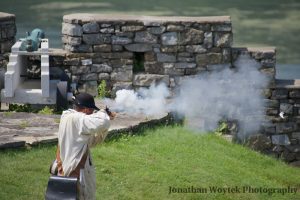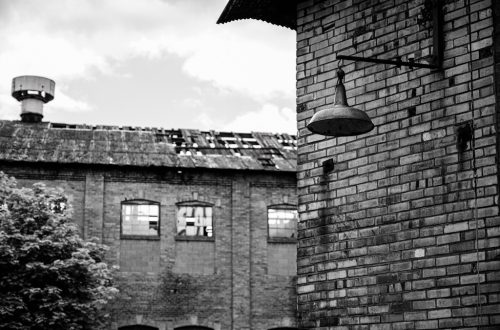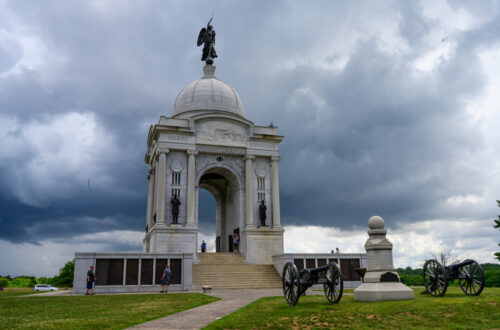Colonial Snakebite
Snakes fascinate me.
Today I pulled down “The Day Must Dawn,” by Agnes Sligh Turnbull. (This is a fiction novel about colonial Westmoreland County and the burning of Hannastown in 1782. The author grew up in New Alexandria.) I re-read the rattlesnake bite scene.
A rattlesnake bites Viola, one of the main characters, on page 237. Viola’s mother treats the wound with contemporary medicine. Chestnut bark poultice. Boiled chestnut leaves. Nanny tea – tea made with dried sheep dung.
Meanwhile, Viola’s father and her foster brother dissect the offending snake. They roast the snake over a fire. They say “words of the dark charm” over the cooking snake. Then, they apply the snake meat to Viola’s wound.
Viola’s mother turns away, ashamed that her husband and foster son used “witchcraft” (or so she thinks) to treat the snakebite.
The author described a folklore treatment actually used by the Pennsylvania German – or, as the book refers to them, the Pennsylvania “Dutch.”
I’m sharing this today because it’s amazing how far medicine has come in two centuries.



